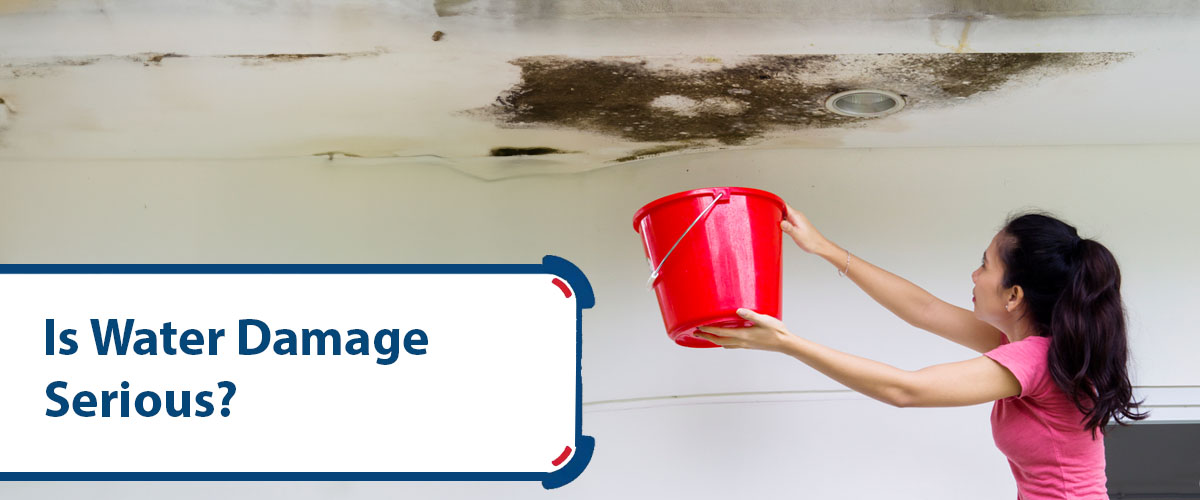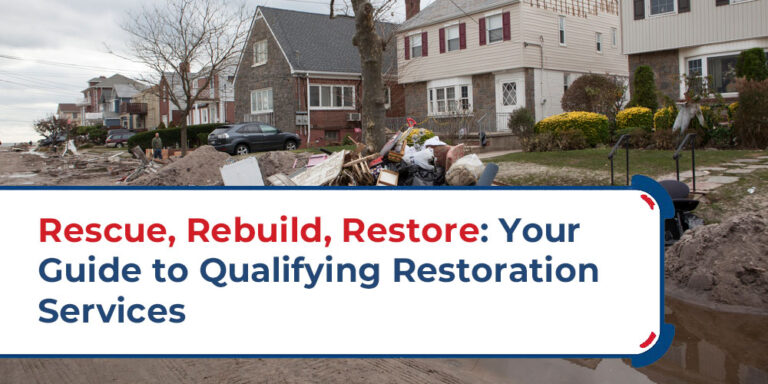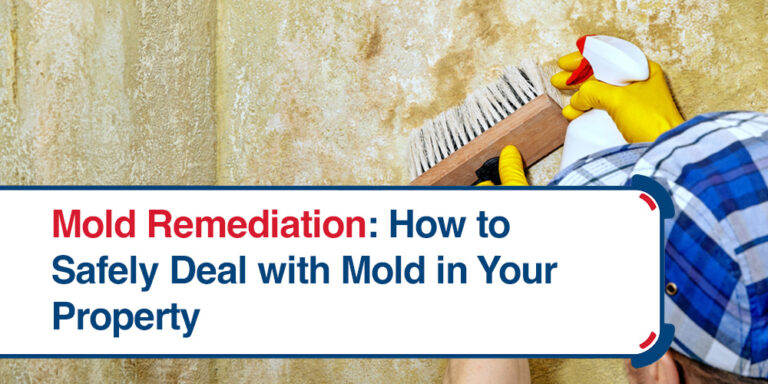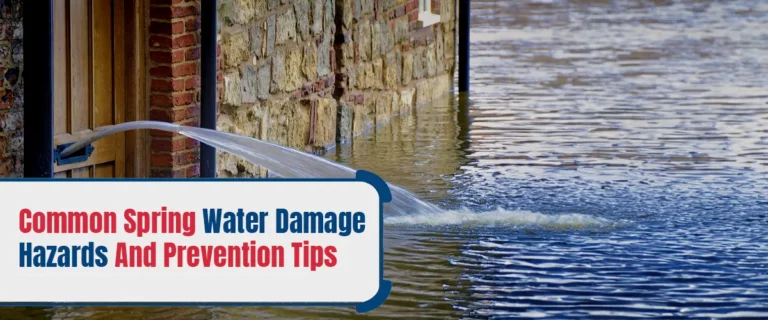Is Water Damage Serious?
Why is water damage such a cause for concern? Picture this: you walk into your home after a long day, only to find your once cozy haven transformed into a soggy mess. But is it that serious? In short, yes. It refers to the destruction, deterioration, or loss caused by water intrusion into a property.
Moreover, recognizing the seriousness of water damage is crucial to take immediate action and prevent further complications. Understanding the consequences and different types of water damage and implementing preventative measures can safeguard a building’s assets and its occupants’ health.
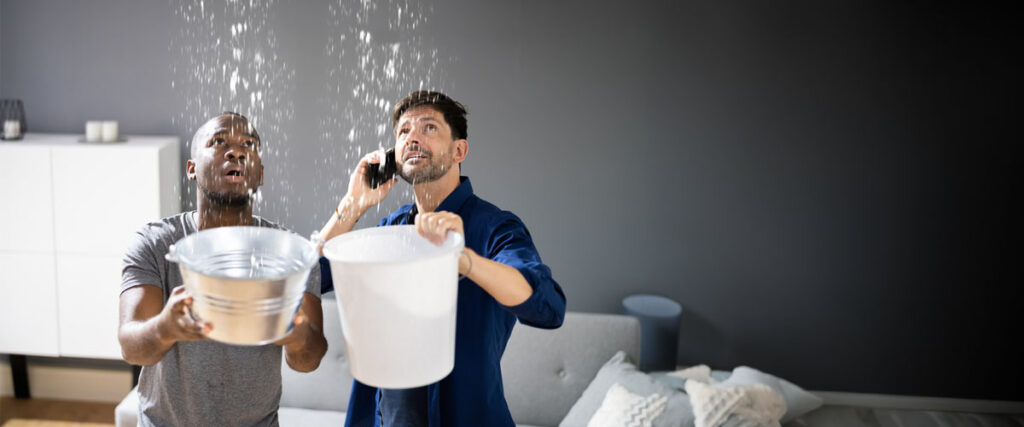
Immediate Consequences of Water Damage
Water damage in Paola can lead to immediate and severe consequences. The following are the pressing concerns that demand close attention and remediation:
- Structural damage – Water infiltrating walls, floors, or ceilings weakens the property’s structural integrity, potentially leading to collapses or compromised stability.
- Safety hazards – Wet surfaces can become slippery, causing falls and injuries. Water reaching electrical systems can result in short circuits or even electrical fires, posing a severe risk to occupants.
- Health risks – Moisture provides an ideal environment for mold growth. Inhaling mold spores can lead to respiratory disorders, allergies, and other health problems. Promptly addressing water damage is crucial in preventing mold growth and protecting the health of occupants.
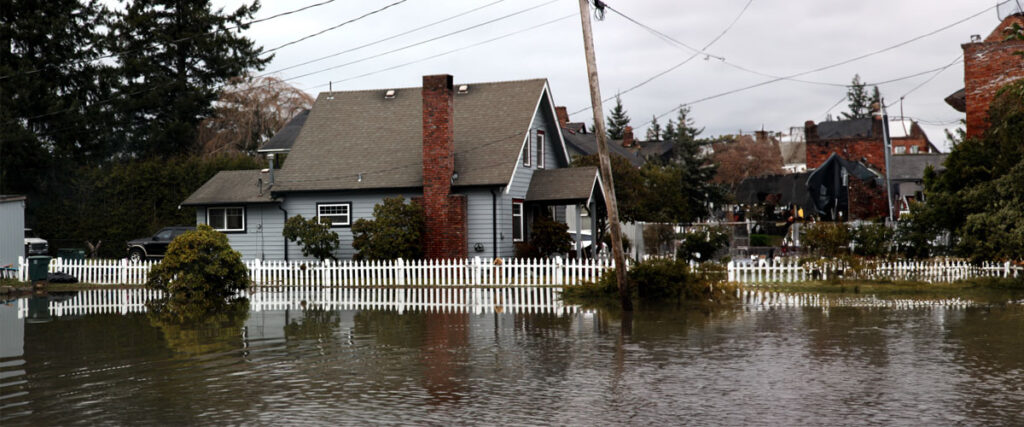
Long-Term Effects of Water Damage
Neglecting water damage can have long-term effects. These long-term effects of water damage demand your attention and action, such as:
- Mold growth and related health issues – If you don’t address water damage adequately, mold can grow within 24 to 48 hours. Mold can cause respiratory problems, allergies, and more severe health complications, particularly for individuals with weakened immune systems.
- Decreased property value – Properties with a history of water damage may be less appealing to potential buyers or insurance companies, impacting their marketability and overall value.
- Increased repair and restoration costs – The longer water damage remains unaddressed, the more extensive and costly the repairs and restoration will be. Additional damage can occur, leading to the need for more extensive renovations and higher repair costs.
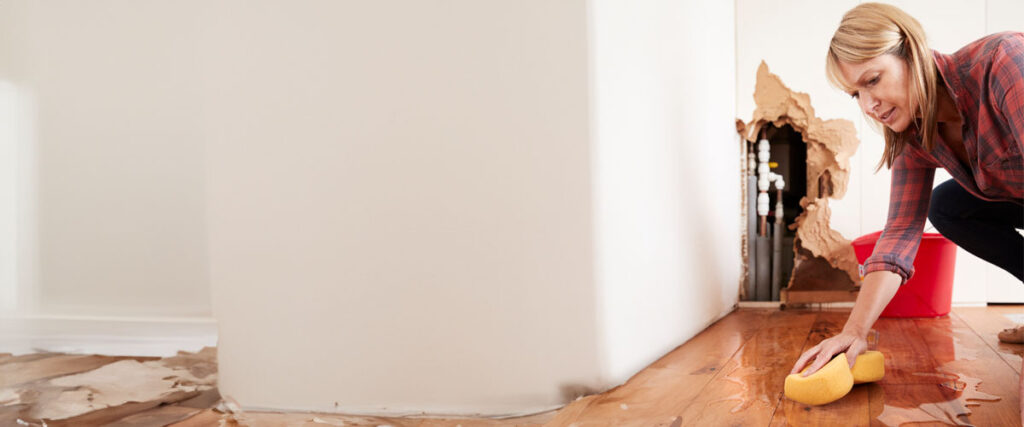
Differentiating Types of Water Damage
Knowing the different types of water damage is essential for appropriate mitigation and restoration efforts. There are three primary categories, such as:
Category 1: Clean Water Damage
A leaking faucet or a broken water supply line are examples of clean water sources that might cause damage. While this water is initially harmless, it can become contaminated if left untreated.
Category 2: Gray Water Damage
Gray water damage involves water that contains some level of contamination, such as water from washing machines, dishwashers, or sump pump failures. Exposure to grey water can pose health risks.
Category 3: Black Water Damage
Black water damage is the most hazardous category and involves highly contaminated water, such as sewage backup or floodwater. It contains harmful pathogens and requires immediate professional attention.
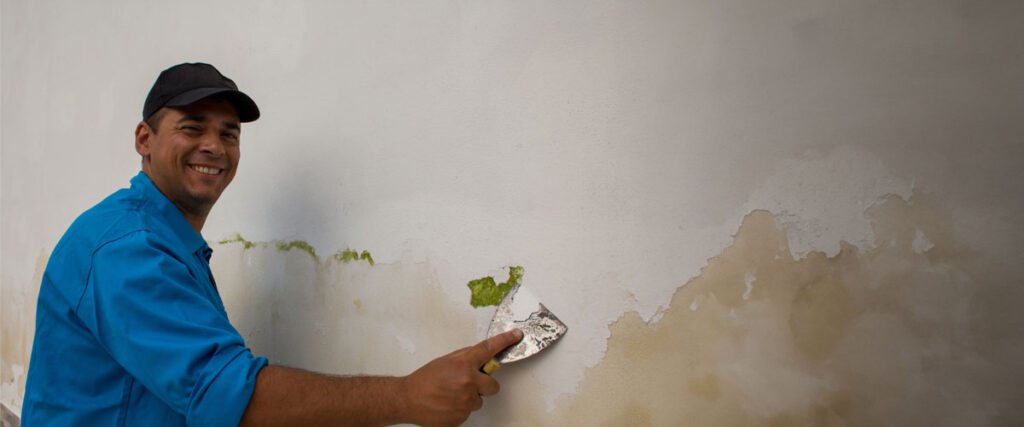
Mitigation and Restoration
Prompt action is critical when dealing with water damage. A water damage company in Paola can help you address the issue effectively. Water may ruin a lot more things the longer it sits. Immediate efforts can prevent further harm and reduce restoration costs. The following are steps to mitigate water damage, which include:
- Find the source of the water intrusion and deal with it.
- Ensure the safety of occupants by shutting off electricity and gas.
- Remove standing water using pumps or wet/dry vacuums.
- Begin drying and dehumidifying affected areas.
- Salvage and restore damaged belongings.
While homeowners can manage minor water damage, hiring professionals for comprehensive restoration is often best. They have the expertise and equipment to thoroughly assess, repair, and restore the property.

Prevention and Maintenance
Regular inspections of your property’s plumbing, roofing, and foundation can help identify potential issues before they escalate into water damage. Maintain gutters, fix leaks promptly, and ensure proper ventilation to prevent moisture buildup. The following are Measures to Prevent Water Damage:
- Ensure that gutters and downspouts direct water away from the foundation.
- Seal any outside building cracks or openings to prevent water infiltration.
- Install a sump pump in basements or areas prone to flooding.
- Adequate insulation can prevent condensation and moisture buildup.
Educating yourself and your family about water damage prevention is essential. Teach your family to turn off the lights and utilities in emergencies and create a disaster preparedness plan.
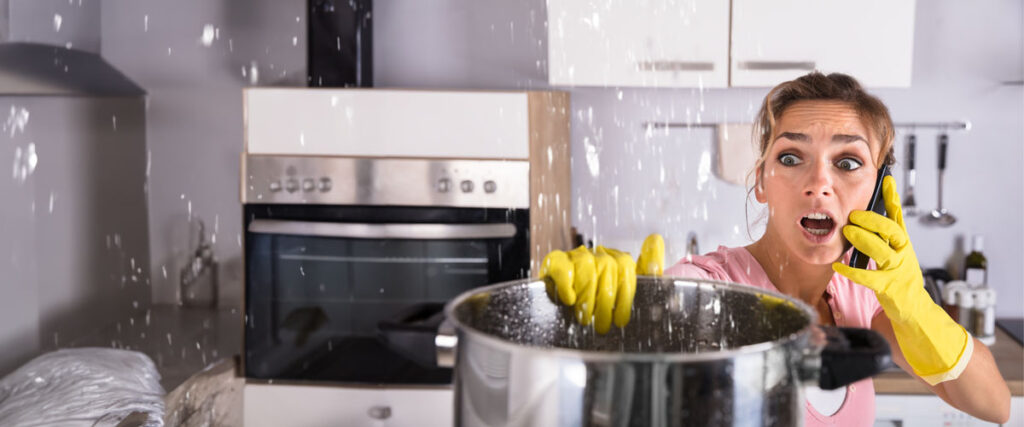
Water Damage: The Silent Threat
In conclusion, understanding the seriousness of water damage empowers property owners to take immediate action, mitigate risks, and prevent further complications. It is essential to recognize the immediate and long-term consequences of water damage, differentiate the types of water damage, and take preventative measures to protect properties and occupants.
Furthermore, by taking immediate action and practicing preventive measures, individuals can minimize the impact of water damage, reduce repair costs, and ensure a safe and healthy living environment.
Reference:
- Montgomery College, Maryland. (n.d.). Mold and Water Damage | Montgomery College, Maryland. Retrieved from https://www.montgomerycollege.edu/offices/public-safety-health-emergency-management/public-health-and-environmental-safety/mold-and-water-damage.html
- Commonwealth of Massachusetts. (n.d.). Quick reference: Water damage response in buildings. Retrieved from https://www.mass.gov/info-details/quick-reference-water-damage-response-in-buildings


